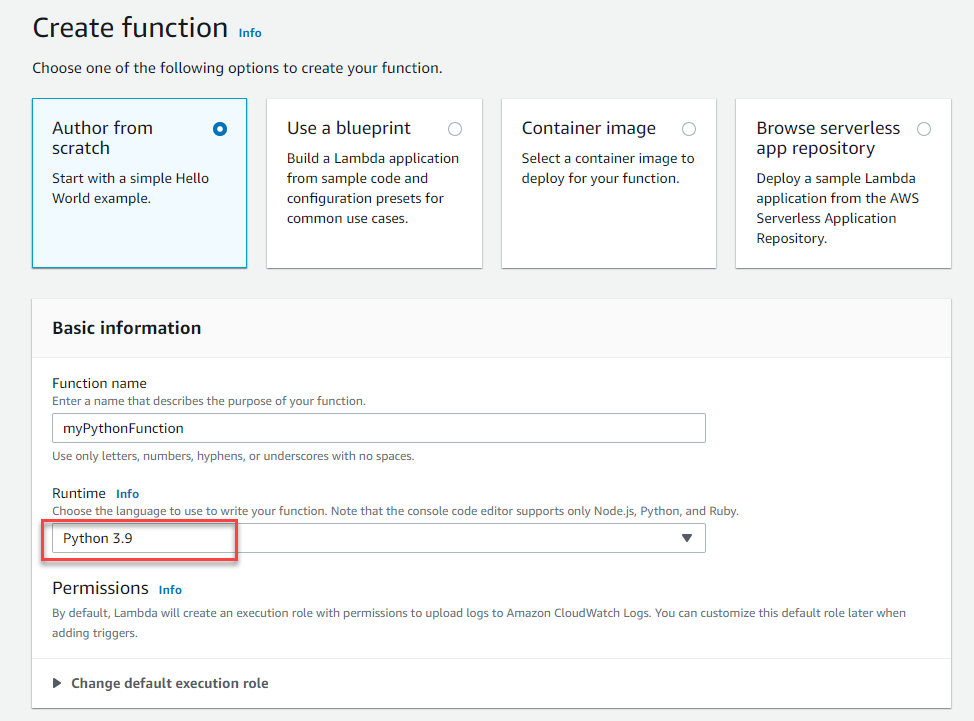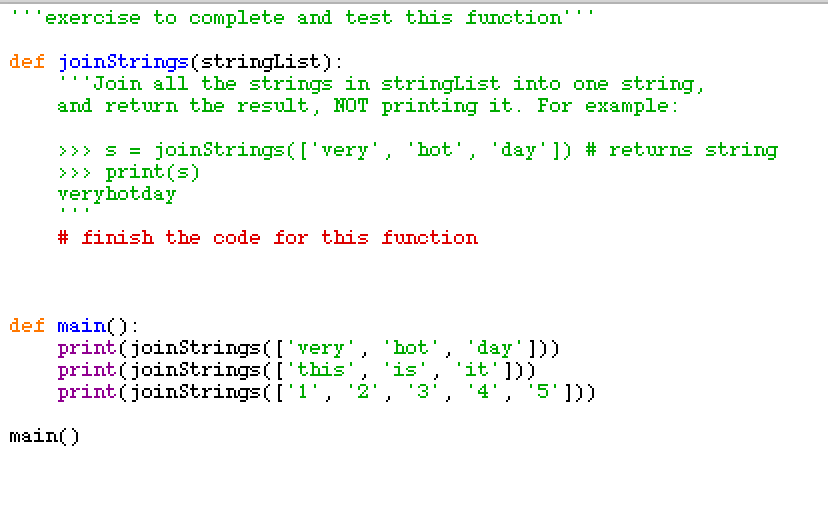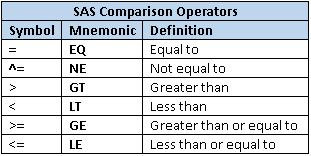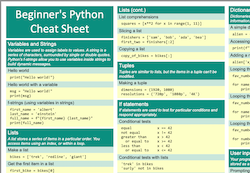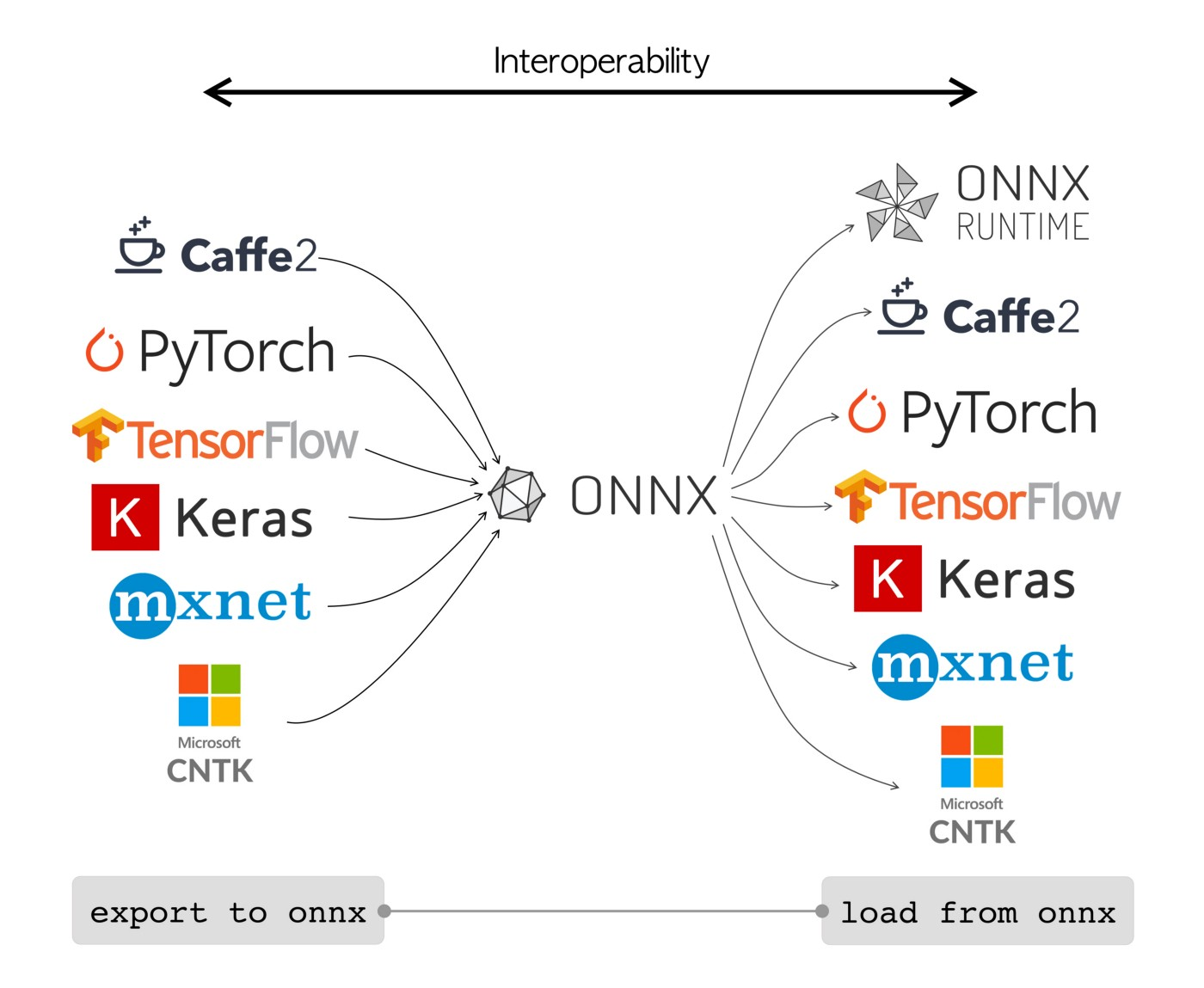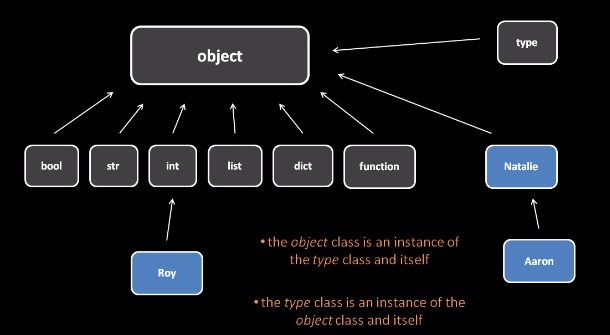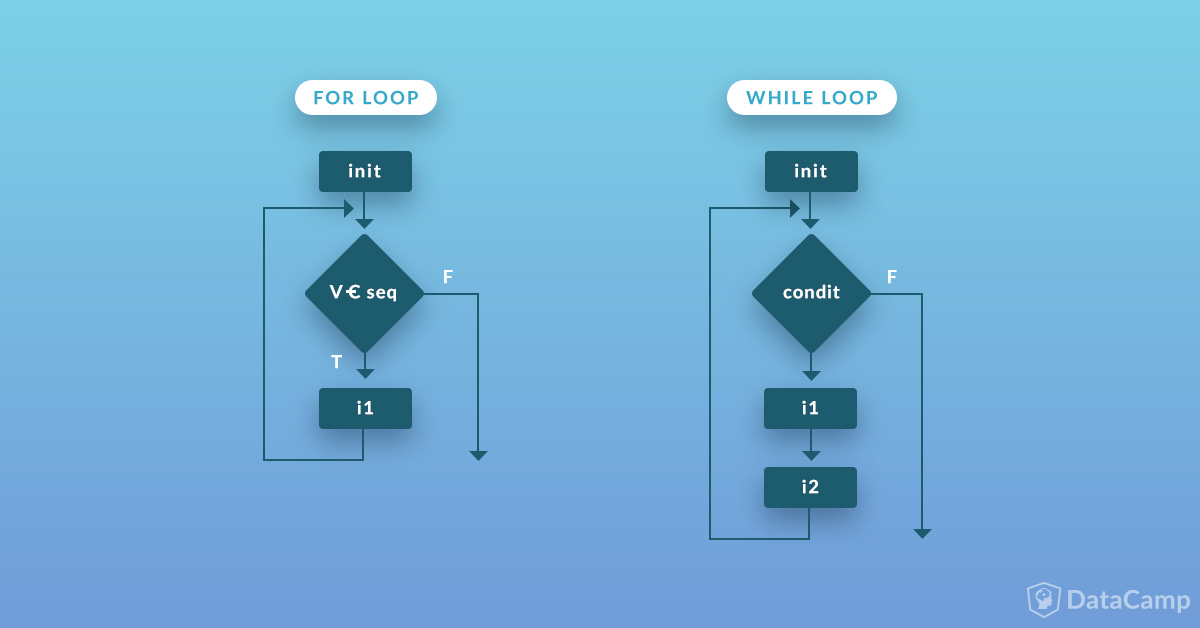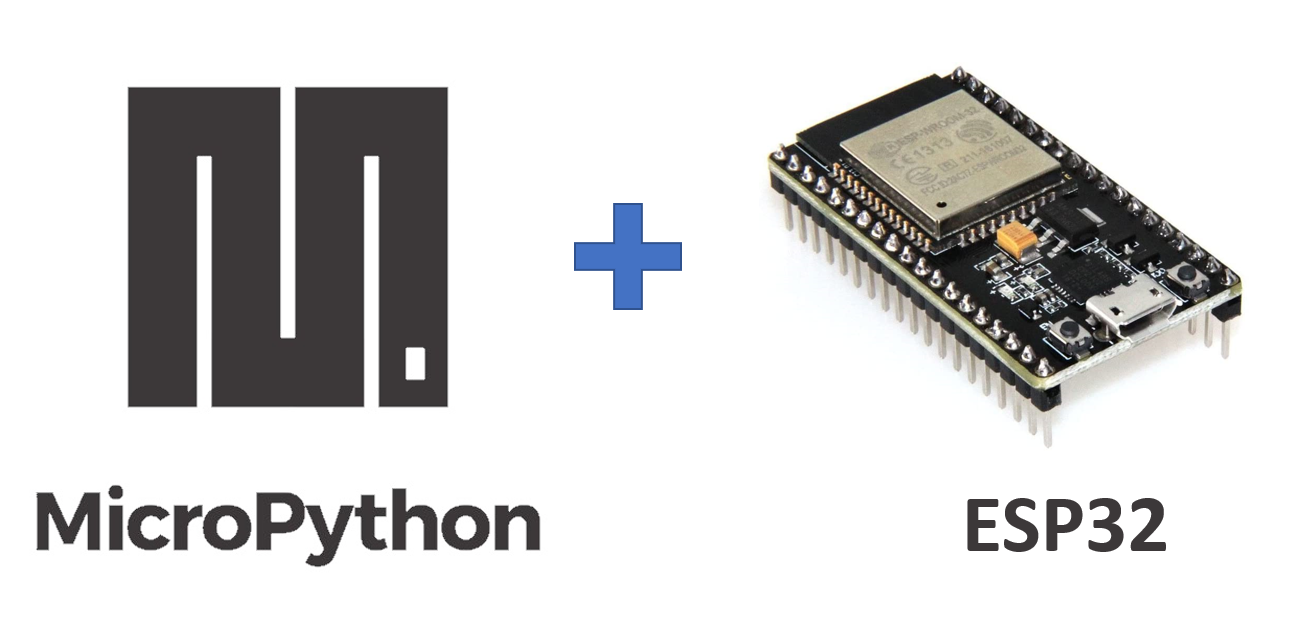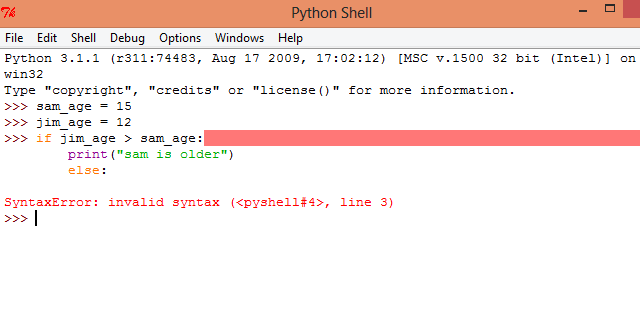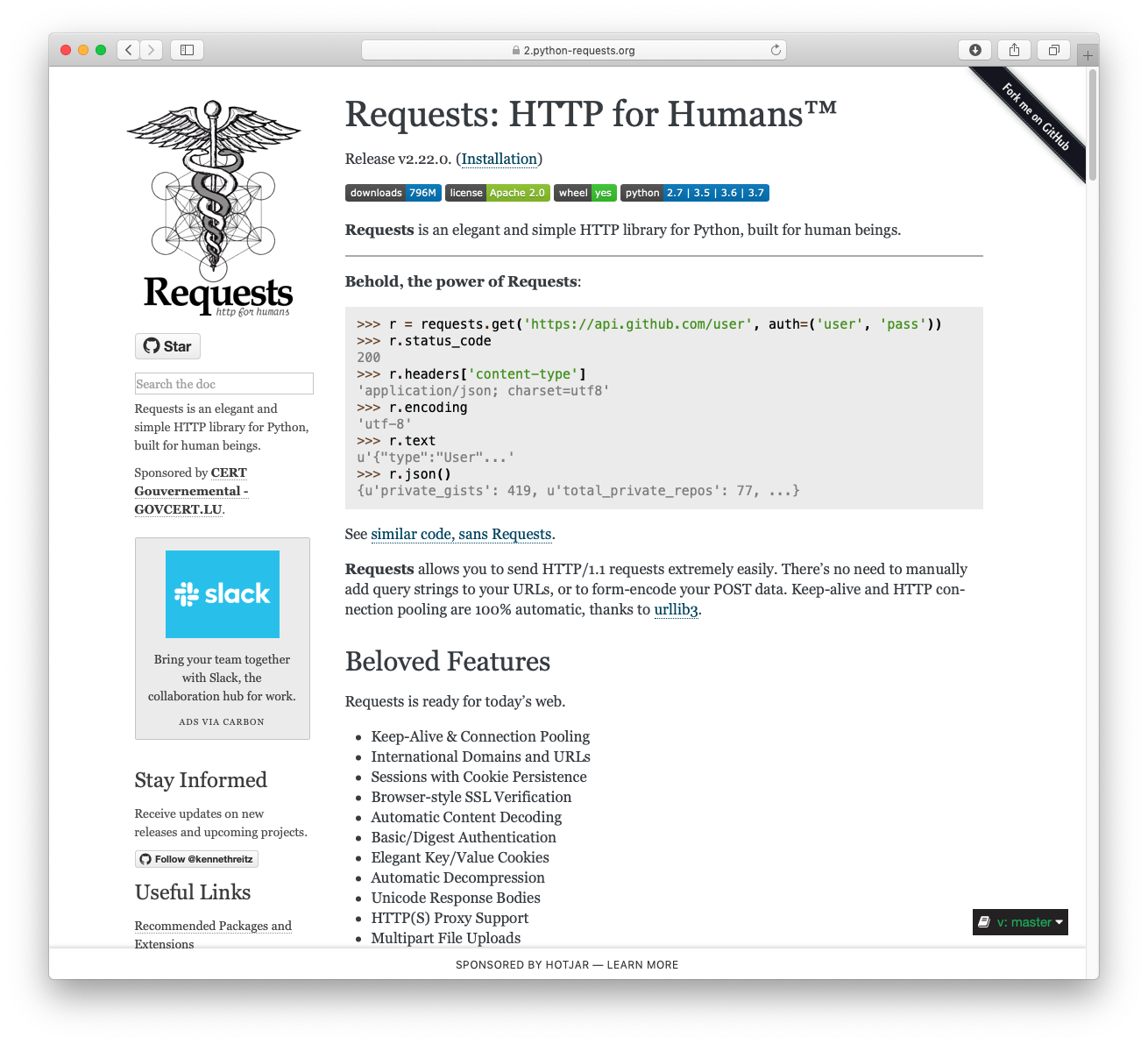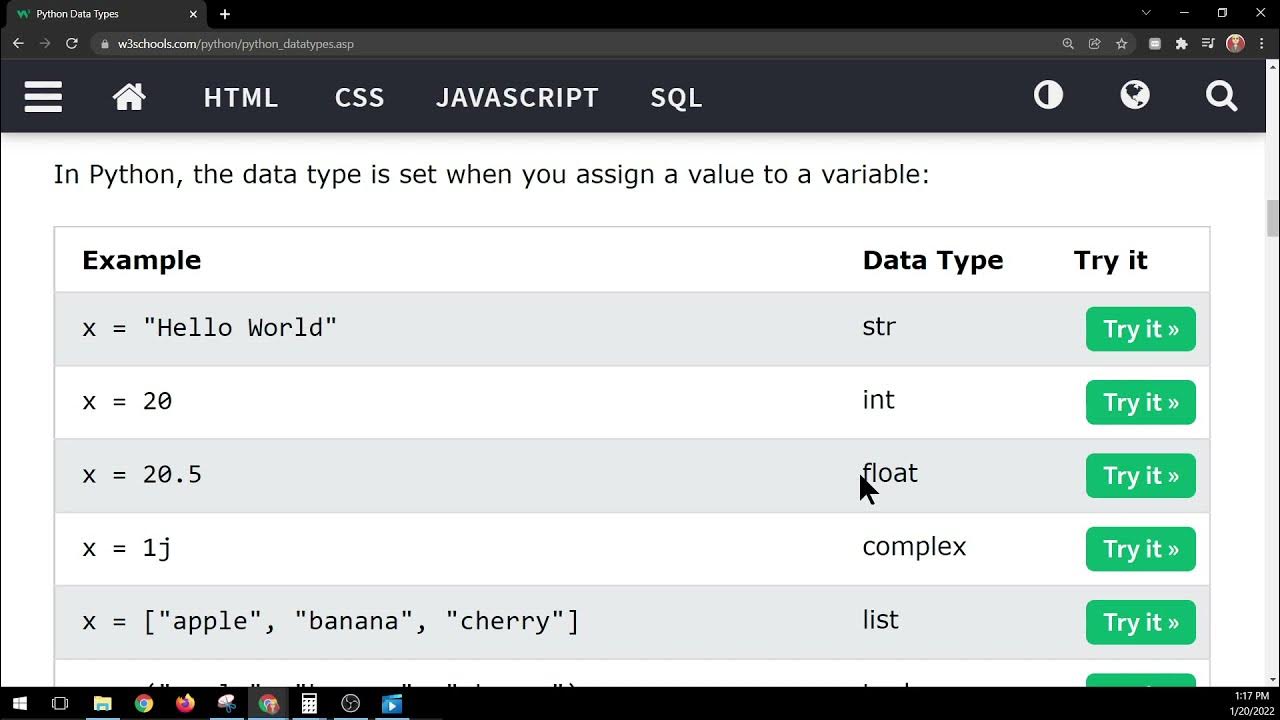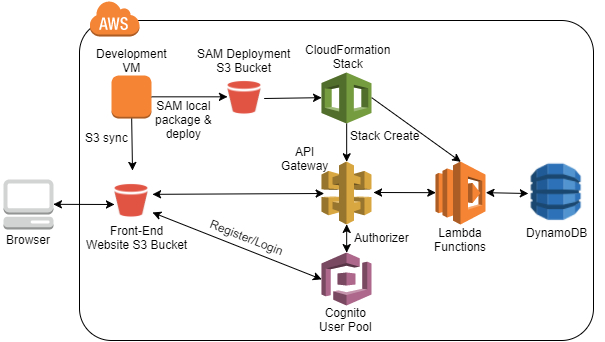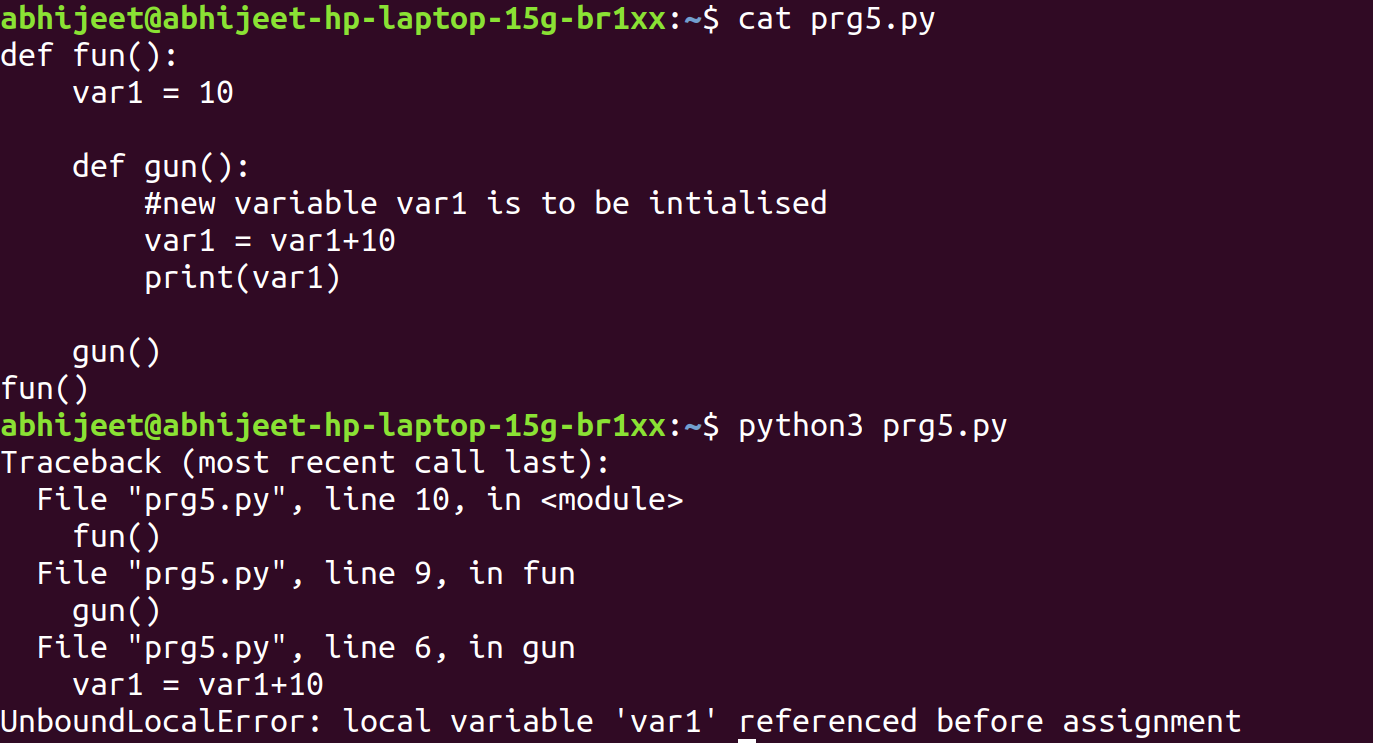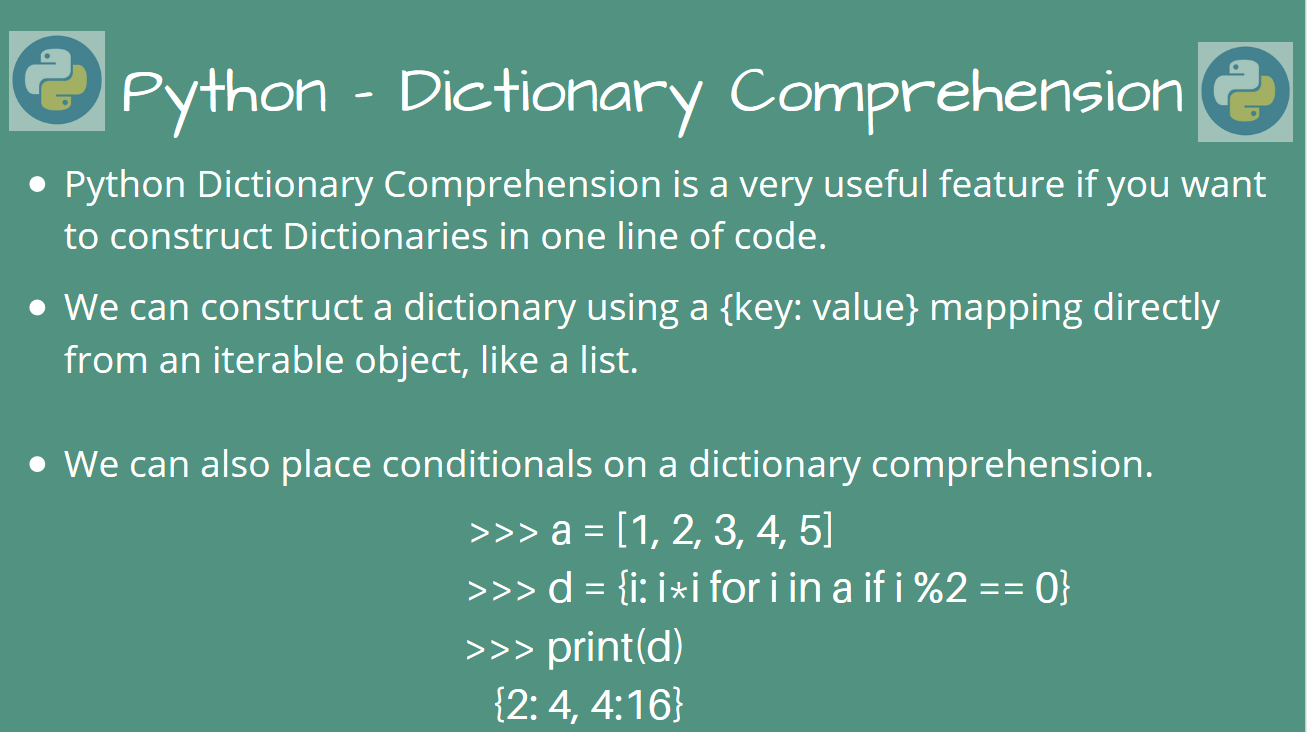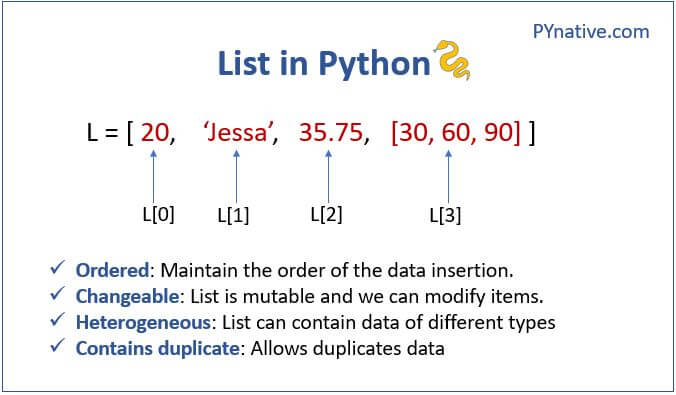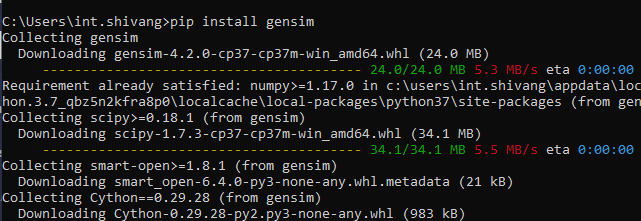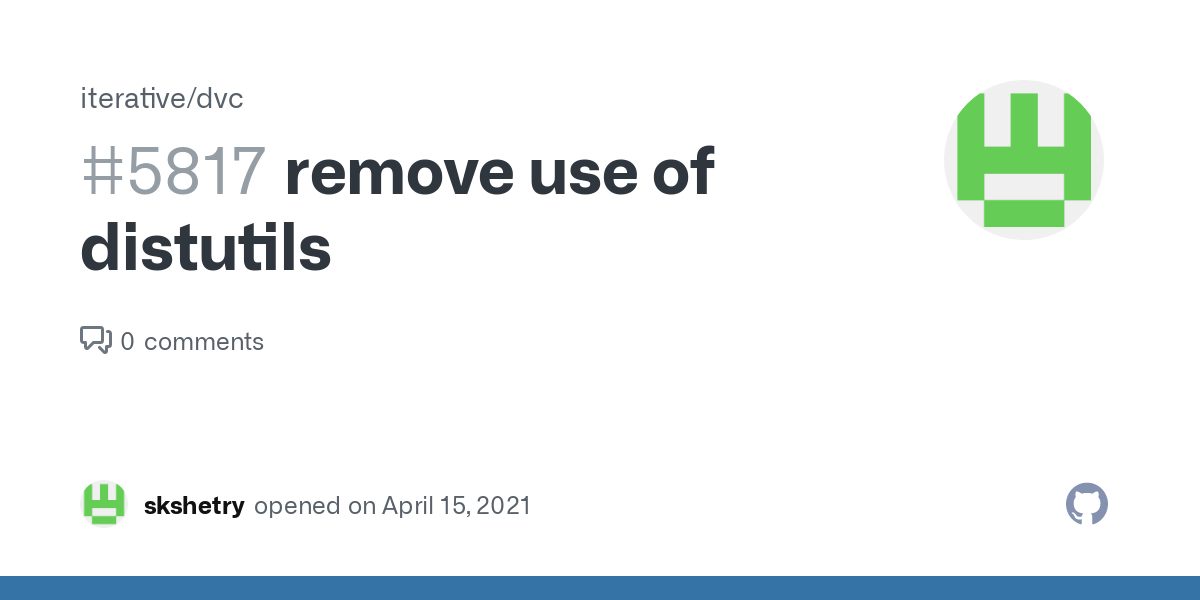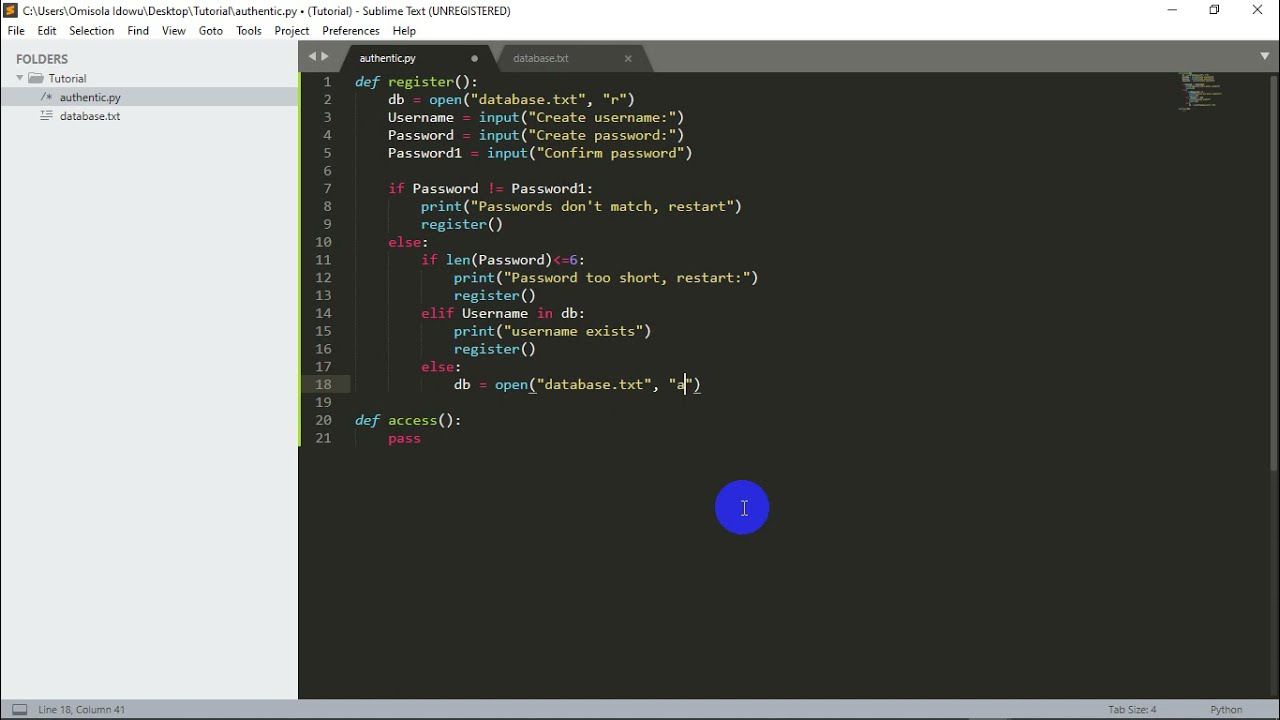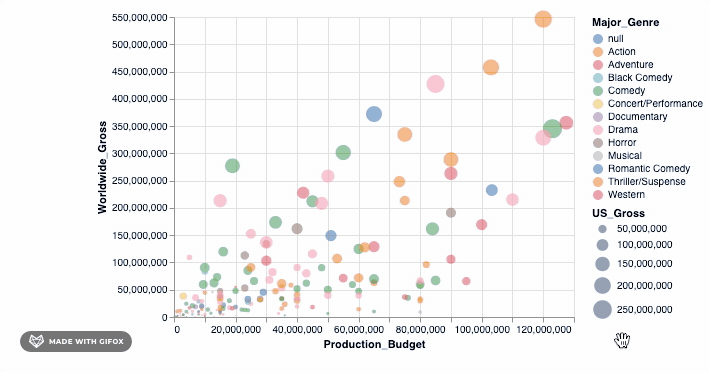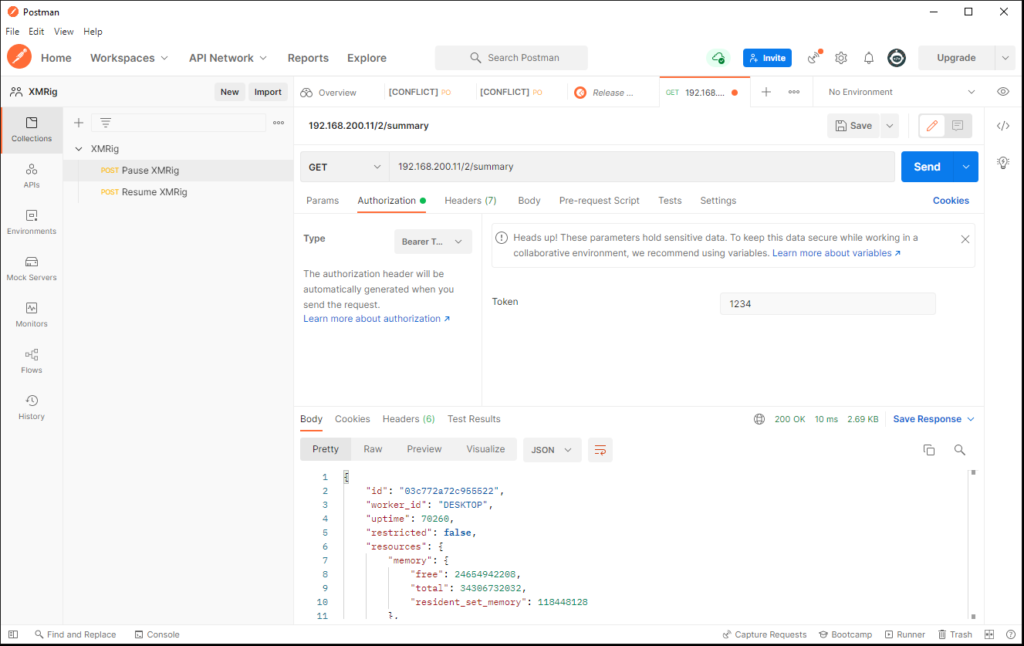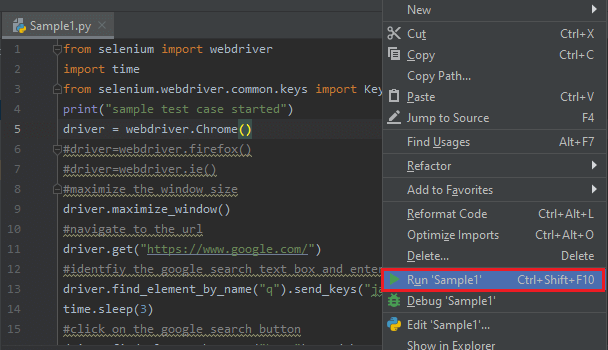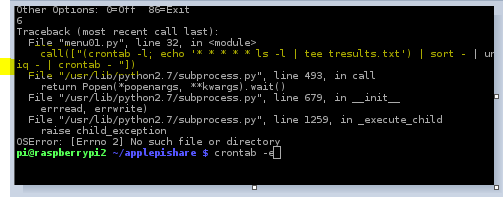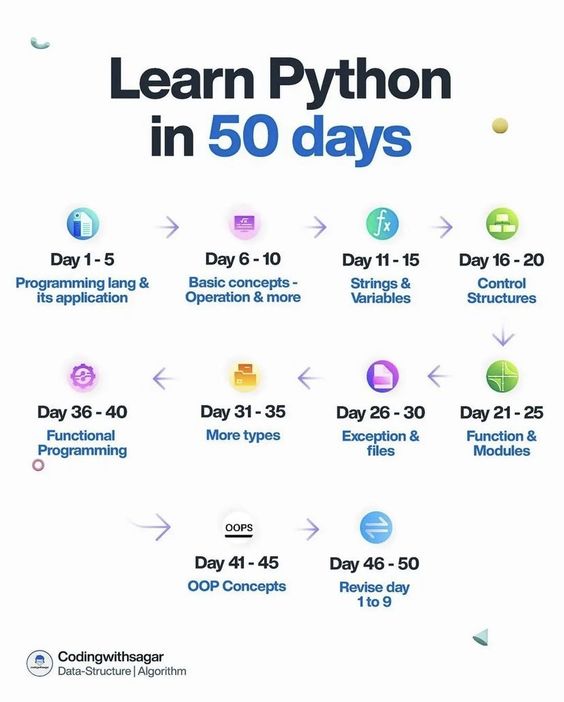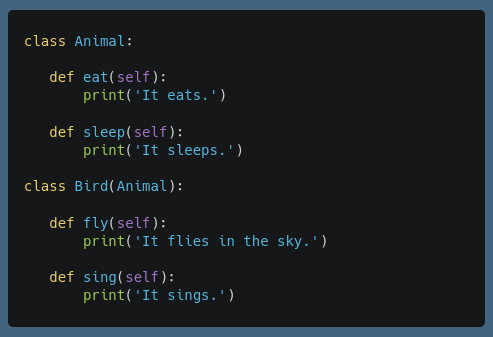What are list comprehensions in Python dictionaries?
What are list comprehensions in Python dictionaries?
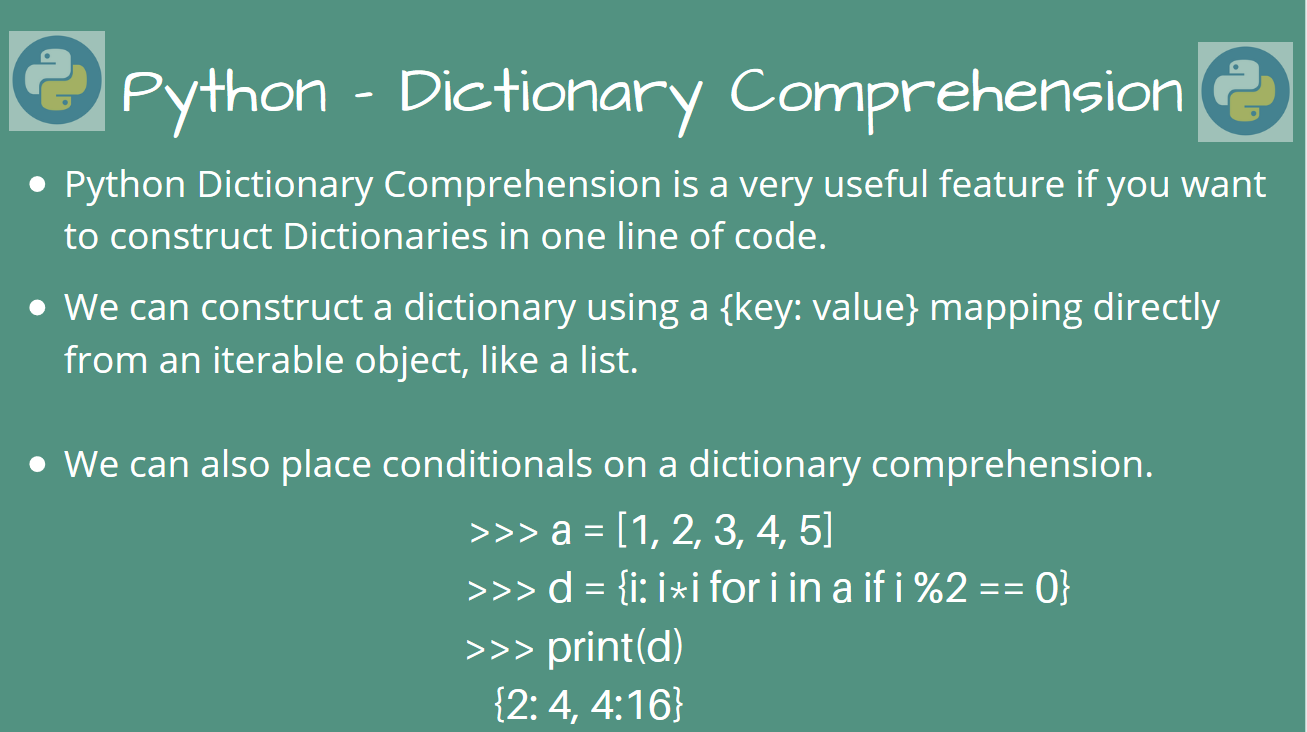
I'm glad you asked!
List comprehensions in Python dictionaries! That's a fascinating topic.
So, what are they? Well, let me explain: a dictionary comprehension is a way to create a new dictionary from an existing dictionary (or other iterable) using the same syntax as list comprehensions. You know how we can use list comprehensions like [(x**2, x) for x in range(5)] to get [0, 1], [1, 4], [4, 9]? Yeah, it's similar, but with dictionaries!
Here are some examples to illustrate this:
# Example 1: Create a new dictionary from an existing one
old_dict = {'a': 1, 'b': 2, 'c': 3}
new_dict = {k.upper(): v for k, v in old_dict.items()}
print(new_dict) # Output: {'A': 1, 'B': 2, 'C': 3}
Example 2: Filter keys and values
d = {'a': 1, 'b': 2, 'c': 3}
new_dict = {k: v for k, v in d.items() if k.startswith('a')}
print(new_dict) # Output: {'a': 1}
Example 3: Create a new dictionary with transformed values
d = {'a': 1, 'b': 2, 'c': 3}
new_dict = {k: str(v).upper() for k, v in d.items()}
print(new_dict) # Output: {'a': '1', 'b': '2', 'c': '3'}
See how it works? You can use dictionary comprehensions to create new dictionaries based on existing ones, filter keys and values, or transform values in various ways. It's like a superpower for working with dictionaries!
Now, you might be wondering when to use dictionary comprehensions versus regular dictionary creation (like dict()). Well, here are some scenarios:
dict()) when: You have key-value pairs as separate variables and want to combine them into a dictionary. You need to create an empty dictionary with specific initializers (like {}).
There you go! Dictionary comprehensions in Python are an incredibly powerful feature for working with dictionaries. I hope this explanation has enlightened you on how to harness their power!
Happy coding, my friend!
Python list comprehension + filter
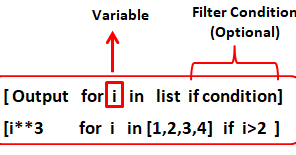
Here's a comprehensive explanation of using list comprehension and filter function in Python:
List comprehension is a powerful feature in Python that allows you to create new lists from existing lists or other iterables with a concise syntax. It's a shorthand way to create a new list by performing an operation on each element of the original list.
The basic syntax for list comprehension is as follows:
new_list = [expression for element in iterable]
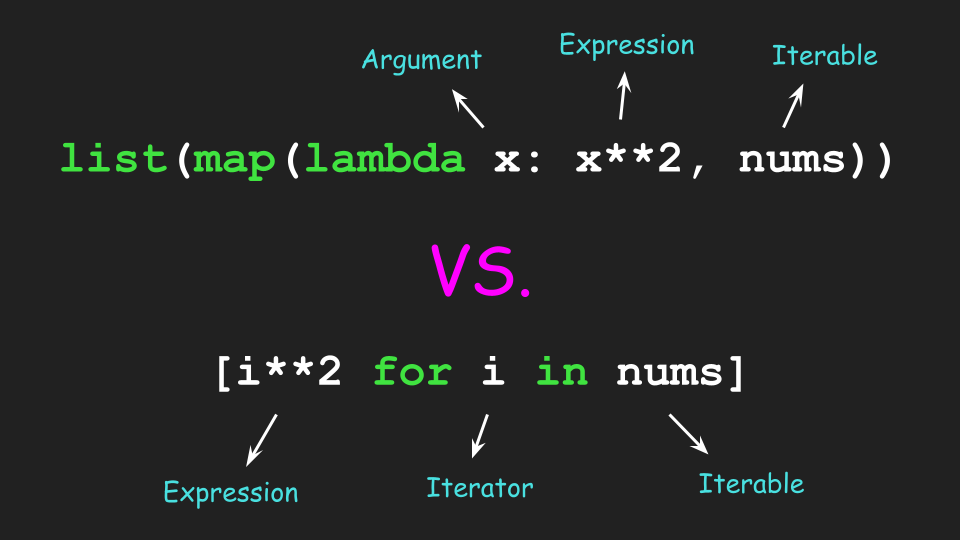
Where expression is an arbitrary Python expression, and iterable is the original list or other iterable you want to operate on. The expression will be evaluated for each element in the iterable, and the results will be collected into a new list.
Here's an example:
numbers = [1, 2, 3, 4, 5]
squared_numbers = [x**2 for x in numbers]
print(squared_numbers) # Output: [1, 4, 9, 16, 25]
As you can see, the list comprehension creates a new list squared_numbers by squaring each element in the original list numbers.
Now, let's talk about filter functions. Filter is a built-in Python function that allows you to filter out elements from an iterable based on a given predicate (a function that returns a boolean value).
The basic syntax for using the filter function is as follows:
filtered_list = list(filter(function, iterable))
Where function is the predicate function, and iterable is the original list or other iterable you want to filter. The function will be called on each element in the iterable, and if it returns True, that element will be included in the filtered list.
Here's an example:
numbers = [1, 2, 3, 4, 5]
even_numbers = list(filter(lambda x: x % 2 == 0, numbers))
print(even_numbers) # Output: [2, 4]
As you can see, the filter function creates a new list even_numbers by filtering out the odd numbers from the original list numbers.
Now, let's combine list comprehension and filter functions to create some powerful code!
Here's an example:
students = [
{"name": "Alice", "grade": 85},
{"name": "Bob", "grade": 90},
{"name": "Charlie", "grade": 78},
{"name": "David", "grade": 92},
{"name": "Eve", "grade": 80}
]
passed_students = [student["name"] for student in students if student["grade"] >= 85]
print(passed_students) # Output: ['Alice', 'Bob', 'David']
As you can see, the list comprehension creates a new list passed_students by filtering out the students who passed (i.e., their grade is 85 or higher), and then extracting their names from the original list of dictionaries.
Using list comprehension and filter functions together allows you to perform complex data transformations in a concise and readable way. You can use these techniques to manipulate lists, create new lists, and even do some serious data analysis!
So there you have it! List comprehension and filter functions are powerful tools in Python that can help you solve a wide range of problems. Remember to always keep an eye out for opportunities to simplify your code using these techniques!

